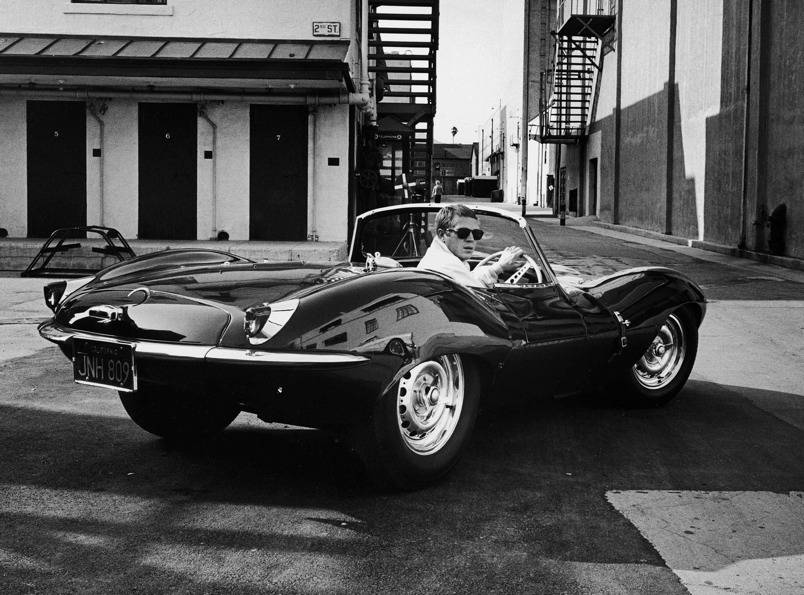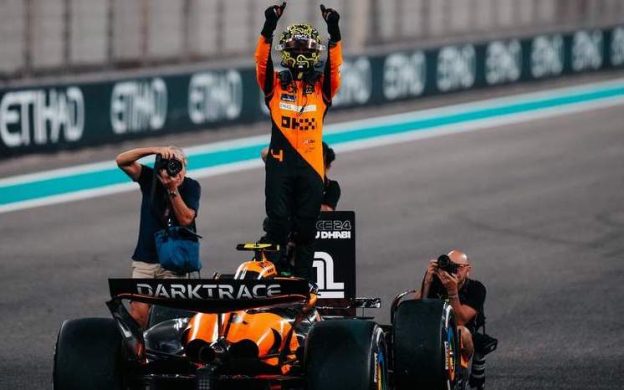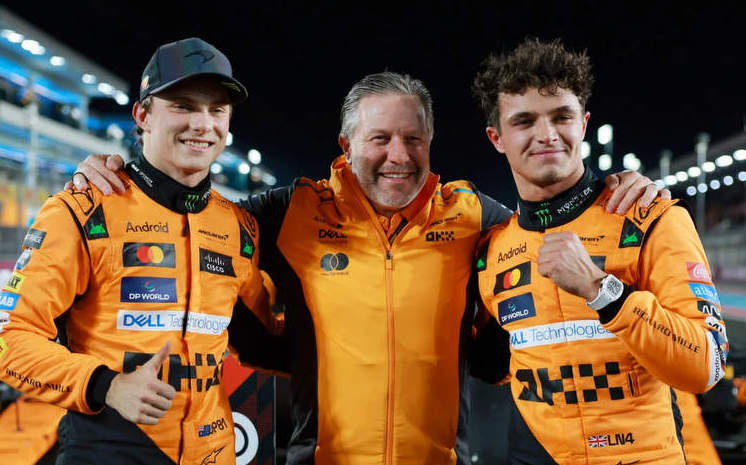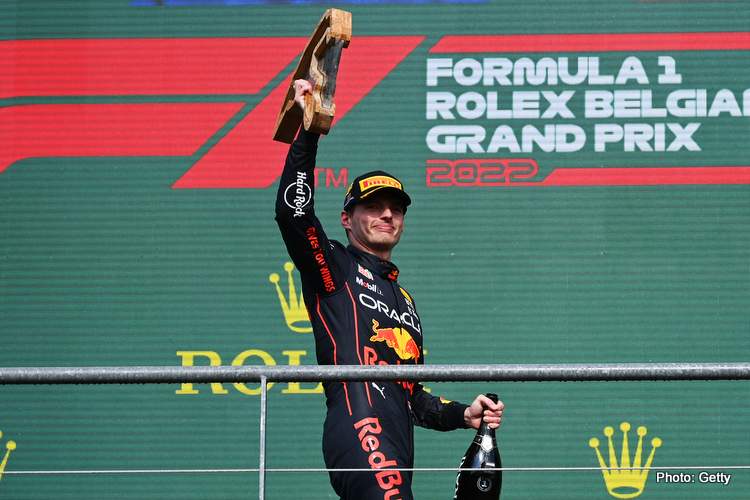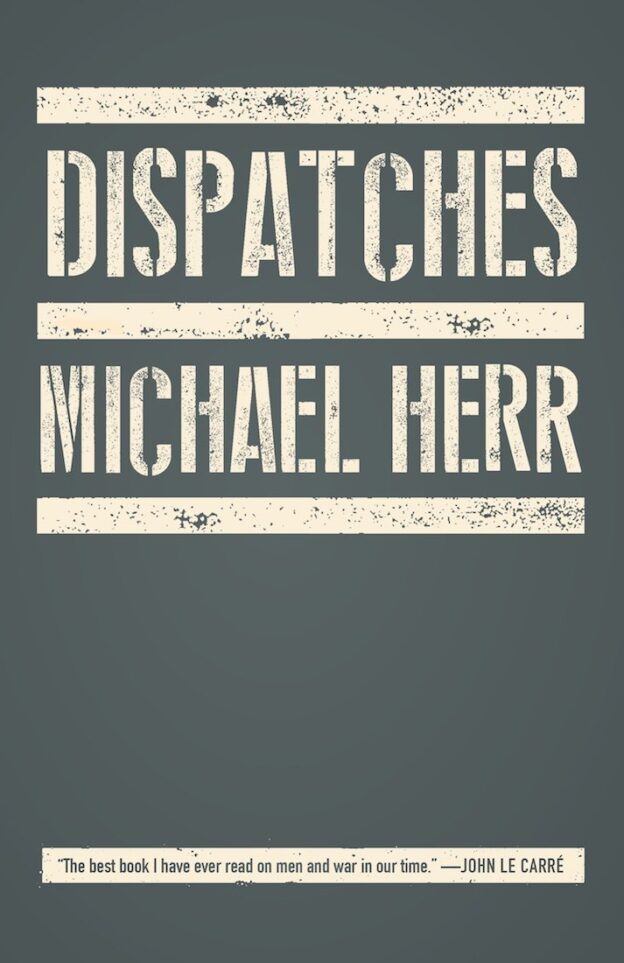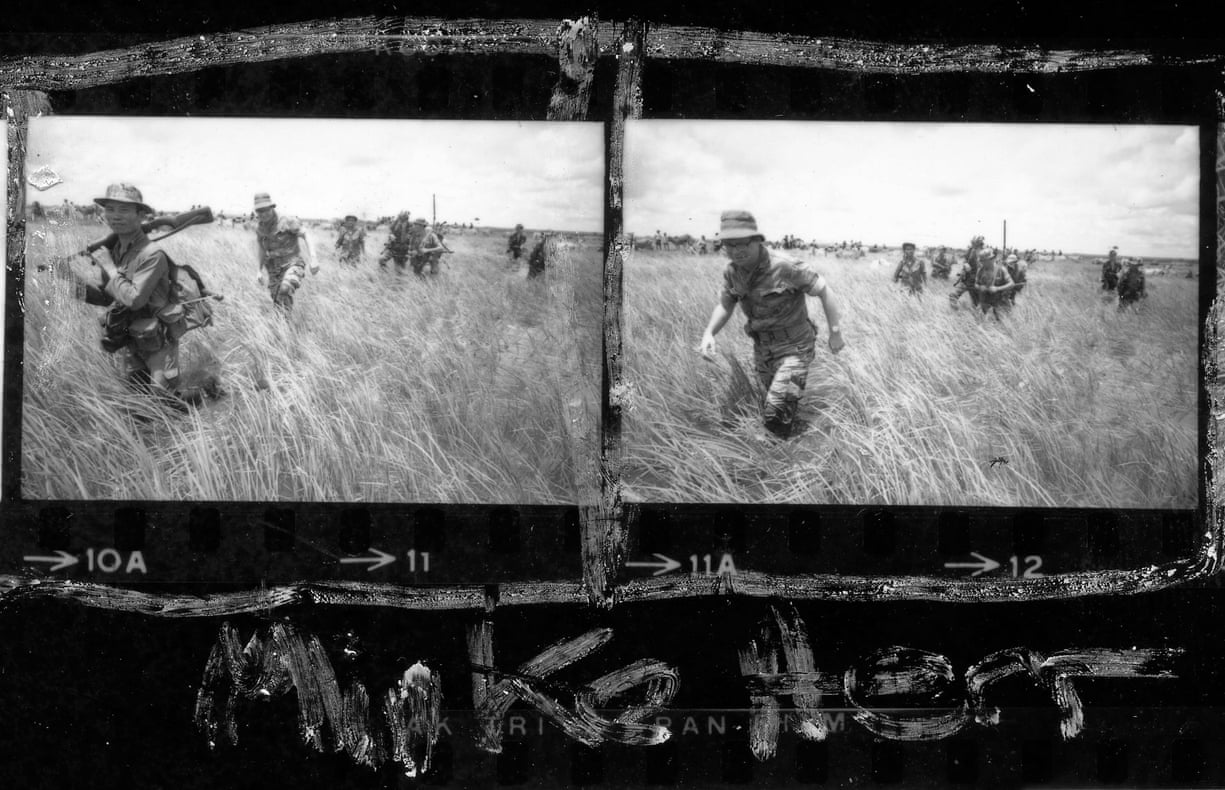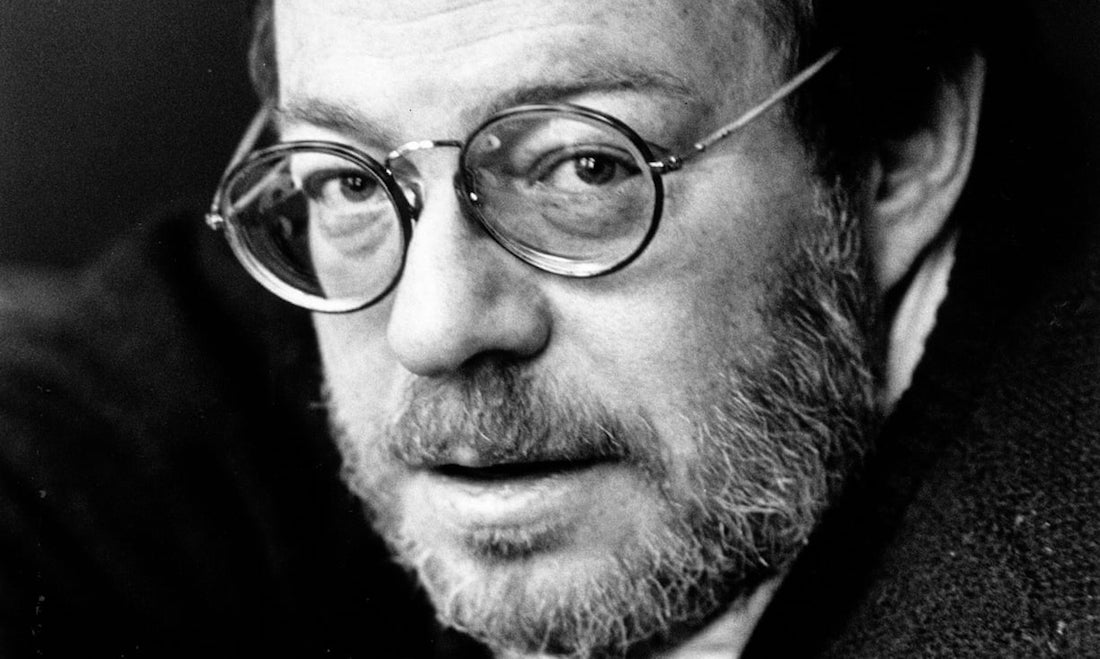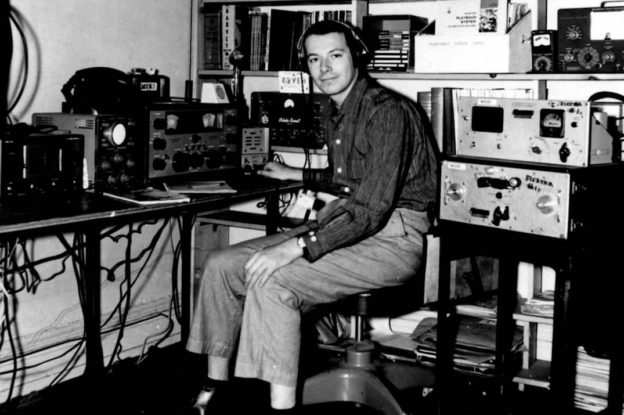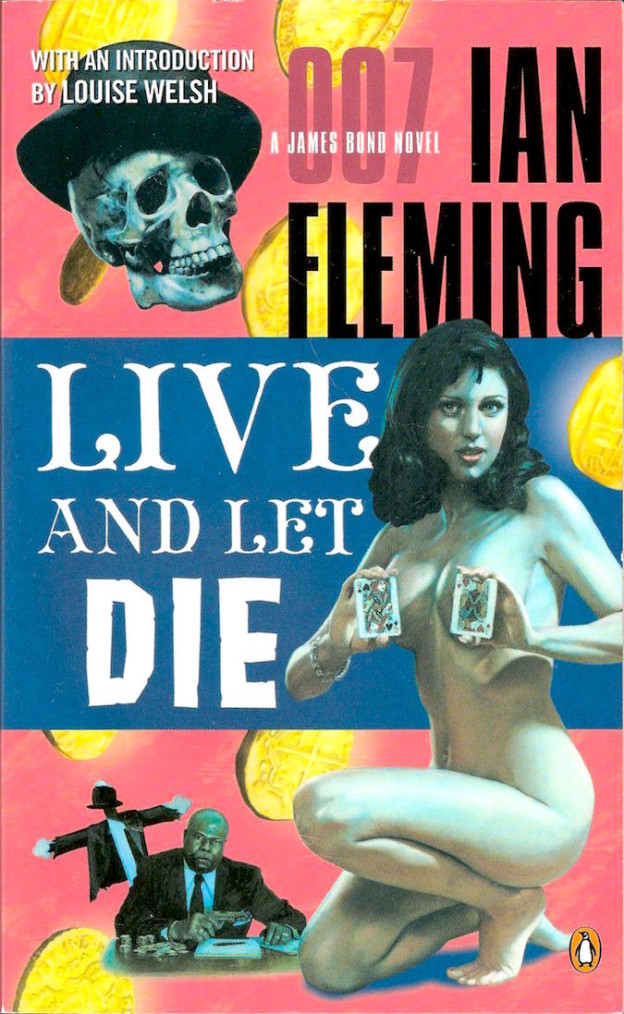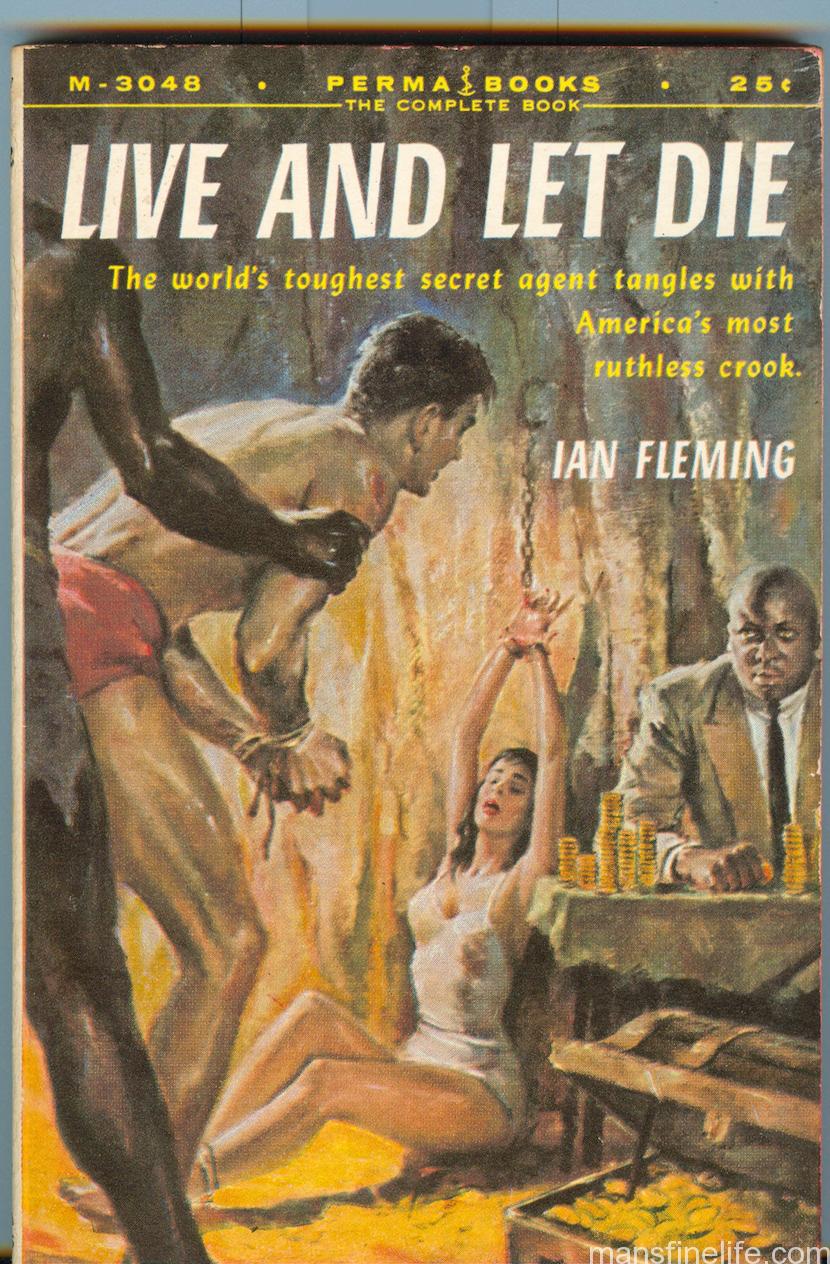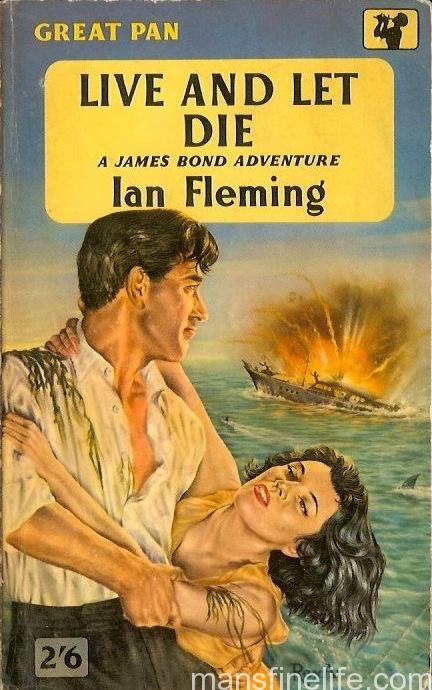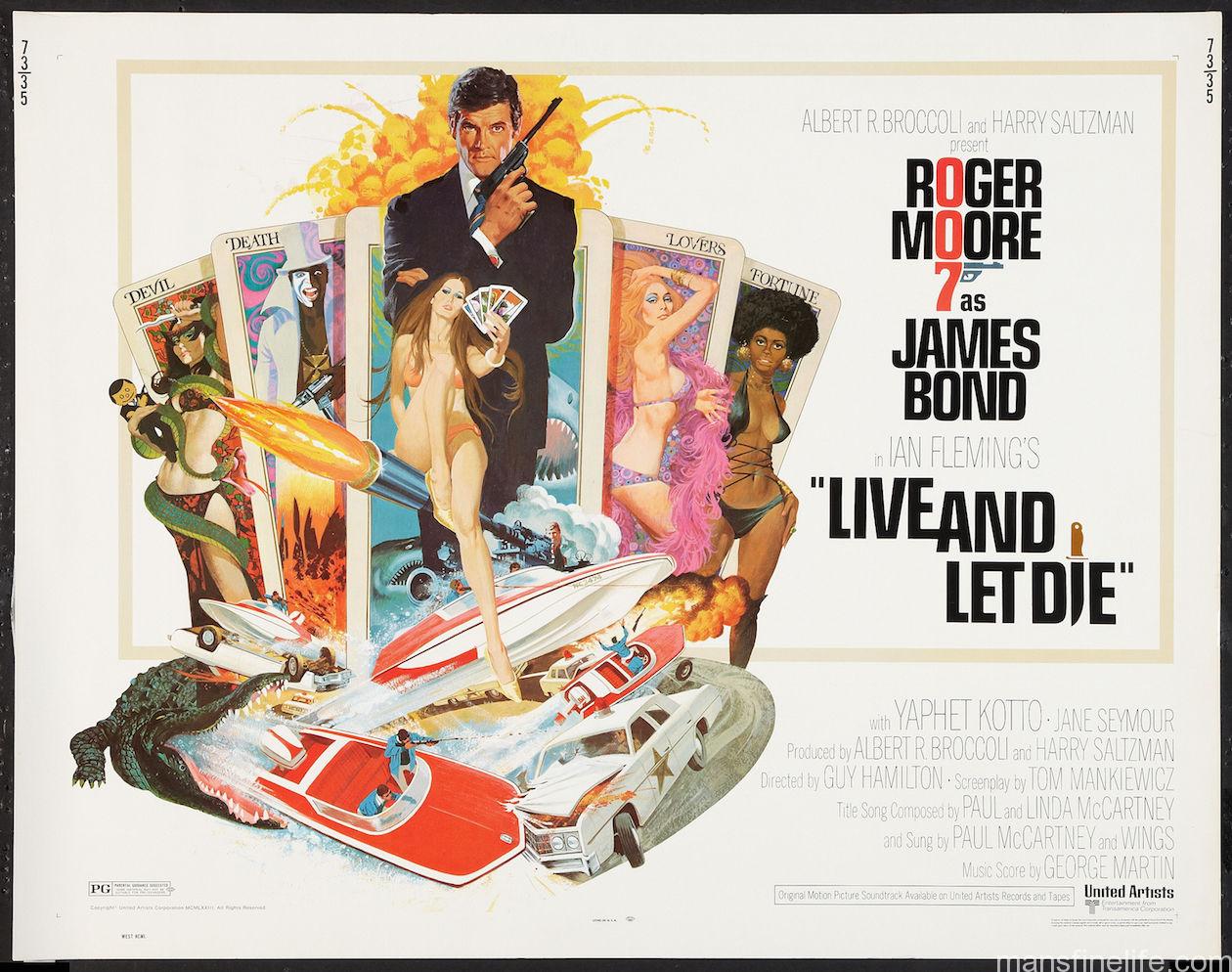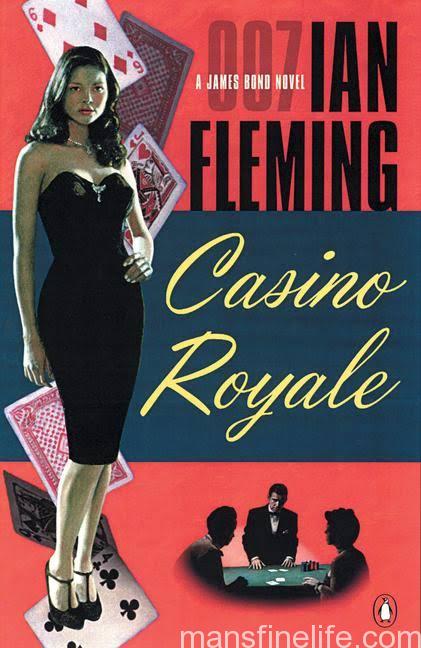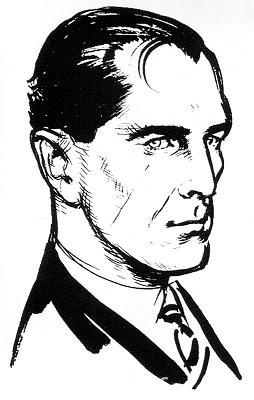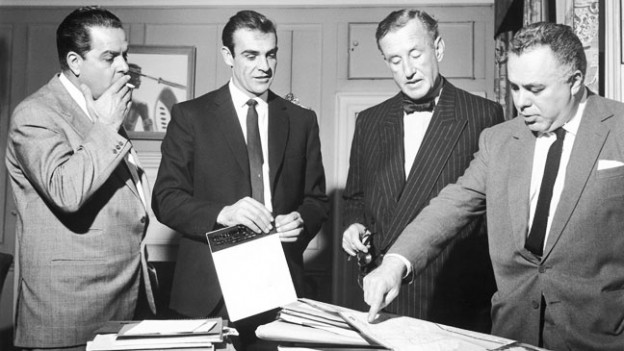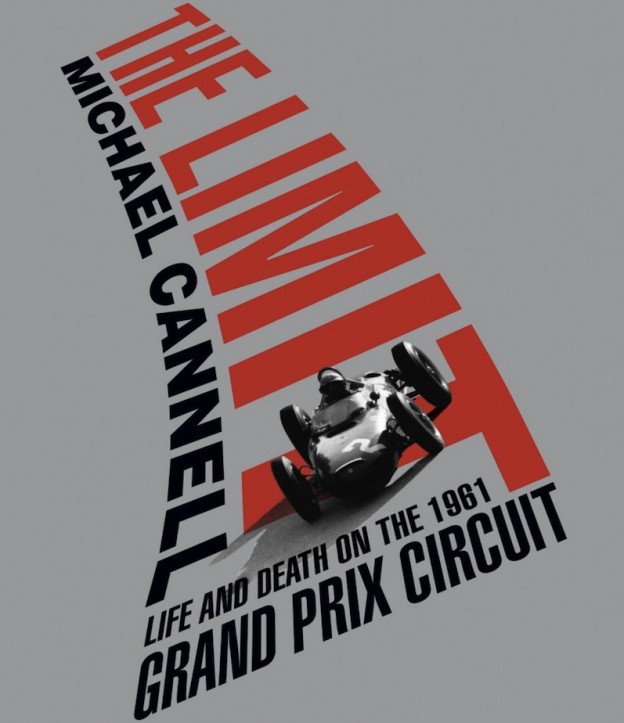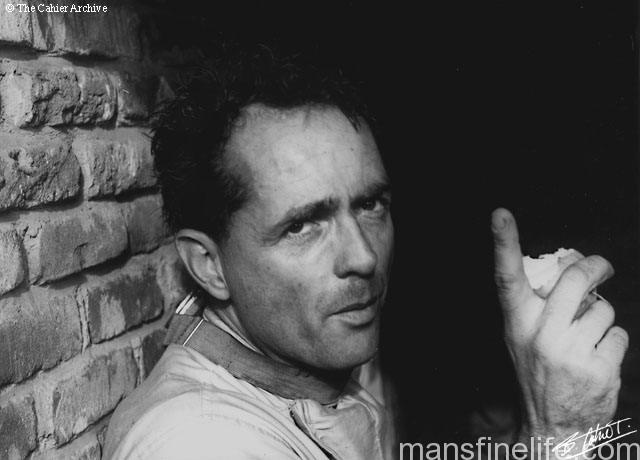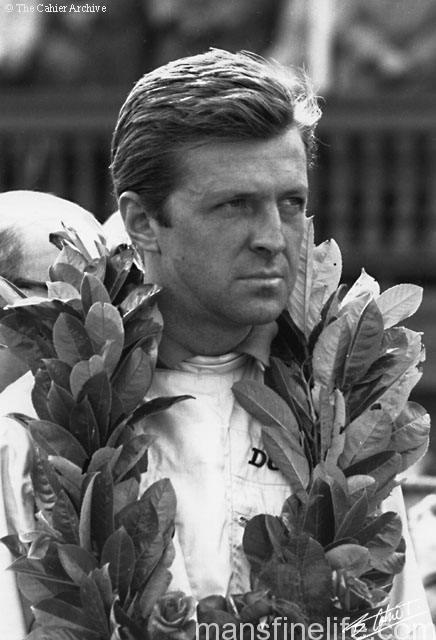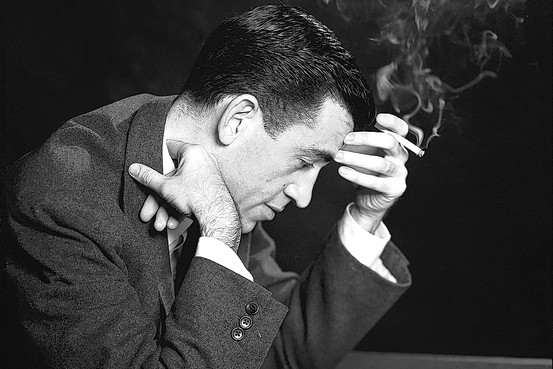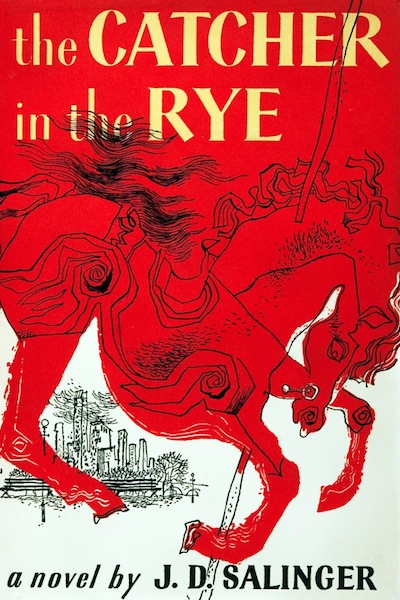Norris wins season finale at Yas Marina, as McLaren hang on to win Constructors’ crown despite opening lap Piastri-Verstappen collision; Ferrari come up just short with solid Sainz P2, Leclerc recovery to P3; Hamilton ends Mercedes career on high note with late pass on Russell for P4 after P16 start
Lando Norris capped off a breakout 2024 season with a victory under the lights of Yas Marina Circuit in Abu Dhabi on Sunday, the last race of the year, securing McLaren their first Constructors’ Championship since 1998, besting a game and revitalized Scuderia Ferrari for motorsports’ ultimate cash prize. Despite teammate Oscar Piatsri having his race ruined by an opening lap collision with an unnecessarily aggressive Max Verstappen, and despite Ferrari’s Carlos Sainz running a flawless race to take P2 and teammate Charles Leclerc putting in a heroic effort to surge from a P19 start on the grid to third place on the podium, Norris’s win provided team McLaren with the necessary margin to secure the crown in the season’s final round. Arguably the best driver in F1 from Round 6 on even with Verstappen clinching his fourth consecutive Drivers’ title, Norris earned 13 podiums and a career-high 4 victories, as the McLaren MCL38 drastically improved after a slow start and eventually overhauled the mighty Red Bull factory team, while simultaneously fending off the much improved Prancing Horses down the stretch. While there was no shortage of chaotic moments behind him, including an early Virtual Safety Car brought about when the second Red Bull of the star-crossed Sergio Perez couldn’t get re-fired after tangling with Sauber’s Valtteri Bottas also on Lap 1, Norris controlled the race from the front at Yas Marina with seeming ease, cruising home to take the checkered flag nearly six-seconds ahead of Sainz.
Norris’s teammate Piastri had a challenging day to say the least. Starting from P2 in a Papaya front row lockout, he was unceremoniously punted by Verstappen while simply going for the apex at Turn 1. Piastri was then subsequently penalized for running into the back of Williams’ rookie Franco Colapinto just as the brief VSC period was ending on Lap 23. That penalty was not assessed until after Piastri had pitted to doff his flat-spotted opening set of Medium Pirellis in favor of the Hards, meaning he would definitely have to come in again and serve it later in the race with less time to recover. In the end, Piastri was forced to mount a frantic charge through the midfield as the laps wound down in this 58-lap contest, finally securing P10 and a point with only four to go. Verstappen faced a similar race trajectory for his early transgression against the Aussie, the Red Bull ace’s lack of maturity surfacing once again in sarcastic comments about the stewards’ decision to penalize him despite clearly being 100% at fault. After serving his ten-seconds on Lap 30, Verstappen likewise knifed his way through back-markers and midfield runners en route to a P6 finish. So, yes, Verstappen has now won four Driver’s titles on the trot, putting him into the rarefied air of Formula 1 history. But one can only hope he takes this offseason to reflect a bit on just what kind of champion he wants to be and how he wants the world to perceive him — as a perpetual enfant terrible or a true ambassador of the sport?
Mayhem on the opening lap 😵#F1 #AbuDhabiGP pic.twitter.com/WqnXgWGnxc
— Formula 1 (@F1) December 8, 2024
It was a day of mixed emotions for the always classy Sainz, who kept it tidy and came home runner-up in his final race for the Scuderia. Sainz will head over to Williams next year but there is no doubt his quite solid campaign, where he scored 250 points and placed fifth in Drivers’, led to Ferrari’s significant second place in the Constructors’ ahead of the once-untouchable but now third place Red Bull team. Leclerc will also have much to be proud of looking back on 2024, even if he is still searching for his first F1 crown. The Monegasque finished with aplomb, and deployed all of his considerable skills to earn that remarkable P19-to-P3 result, picking up and amazing 11 spots on the opening lap alone before the VSC was deployed. Leclerc also finished third in the Drivers’ standing and will certainly be hoping Ferrari’s significant improvement continues in 2025.
Soon to be ex-Mercedes stalwart Lewis Hamilton will be hoping the same thing for the rejuvenated fortunes of the team from Maranello, since the seven-time champ will be crossing over to take Sainz’s seat and partner Leclerc next year. Hamilton had a vintage performance in Abu Dhabi in his final drive for the Silver Arrows, utilizing an opposite Hard-to-Medium tire strategy while starting from P16 after an unlucky Saturday qualifying saw him collect an errant bollard at an inopportune time. Hamilton ran an extra long opening stint on those Hards, making it all the way to Lap 35 before coming in for fresh Mediums and thereby over-cutting all but the top contenders to rejoin in P7 after a lightning stop by his pit crew. Lewis then skillfully hunted down as many drivers as he could on his both fresher and better performing Pirellis, including teammate George Russell on the last lap, to surge to a P4 finish and a thrilling end to one of the most remarkable driver and team partnerships in the history of the sport. Russell had to settle for P5 on the day but he can also be secure in the knowledge that he will be the undisputed team leader for mighty Mercedes in 2025, as they look to bounce back from a disappointing couple of years and rookie Kimi Antonelli takes over for Hamilton.
Pierre Gasly continued his fine run of form for suddenly surging Alpine with an impressive P7 result, helping the team take an improbable P6 in the Constructors’. Rookie Jack Doohan, who will take over the second car next season, replaced Esteban Ocon one race early and completed the event in P15. Nico Hulkenberg was also solid in his final race for Haas F1 before returning to Sauber next year, the veteran German pilot scoring a quartet of points in P8. And Fernando Alonso, who thoroughly bettered Aston Martin teammate (and the boss’s son) Lance Stroll all year long, did so again, making the most of his mediocre mount to sail home in P9, while Stroll continued to scuffle and finished out of the points in P14.
Top 10 finishers of the Abu Dhabi GP:
|
POS |
NO |
DRIVER |
CAR |
LAPS |
TIME/RETIRED |
PTS |
|---|---|---|---|---|---|---|
|
1 |
4 |
Lando Norris |
McLaren Mercedes |
58 |
1:26:33.291 |
25 |
|
2 |
55 |
Carlos Sainz |
Ferrari |
58 |
+5.832s |
18 |
|
3 |
16 |
Charles Leclerc |
Ferrari |
58 |
+31.928s |
15 |
|
4 |
44 |
Lewis Hamilton |
Mercedes |
58 |
+36.483s |
12 |
|
5 |
63 |
George Russell |
Mercedes |
58 |
+37.538s |
10 |
|
6 |
1 |
Max Verstappen |
Red Bull Racing Honda RBPT |
58 |
+49.847s |
8 |
|
7 |
10 |
Pierre Gasly |
Alpine Renault |
58 |
+72.560s |
6 |
|
8 |
27 |
Nico Hulkenberg |
Haas Ferrari |
58 |
+75.554s |
4 |
|
9 |
14 |
Fernando Alonso |
Aston Martin Aramco Mercedes |
58 |
+82.373s |
2 |
|
10 |
81 |
Oscar Piastri |
McLaren Mercedes |
58 |
+83.821s |
1 |
Complete race results available via Formula1.com.
Final Constructors’ Standings are here.
Final Drivers’ Standings are here.
That wraps up an enthralling 2024 F1 season — have a great winter break and look forward to seeing you, along with all the new faces in new places, in 2025!
